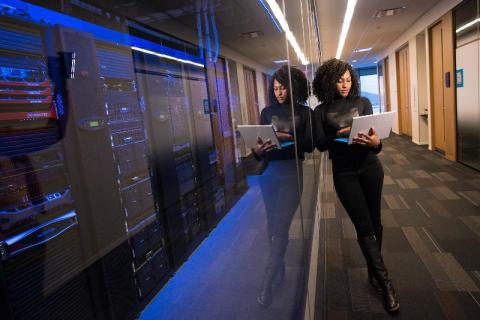IT Operations in the Age of Coronavirus
Coronavirus has been a shock to the system for many IT organizations that are traditionally accustomed to working together in person. When you’re in an office, you can often use informal methods of communication—like swinging by someone’s desk, calling them on their office extension, or even imparting critical information when you run into them in the company cafeteria.








